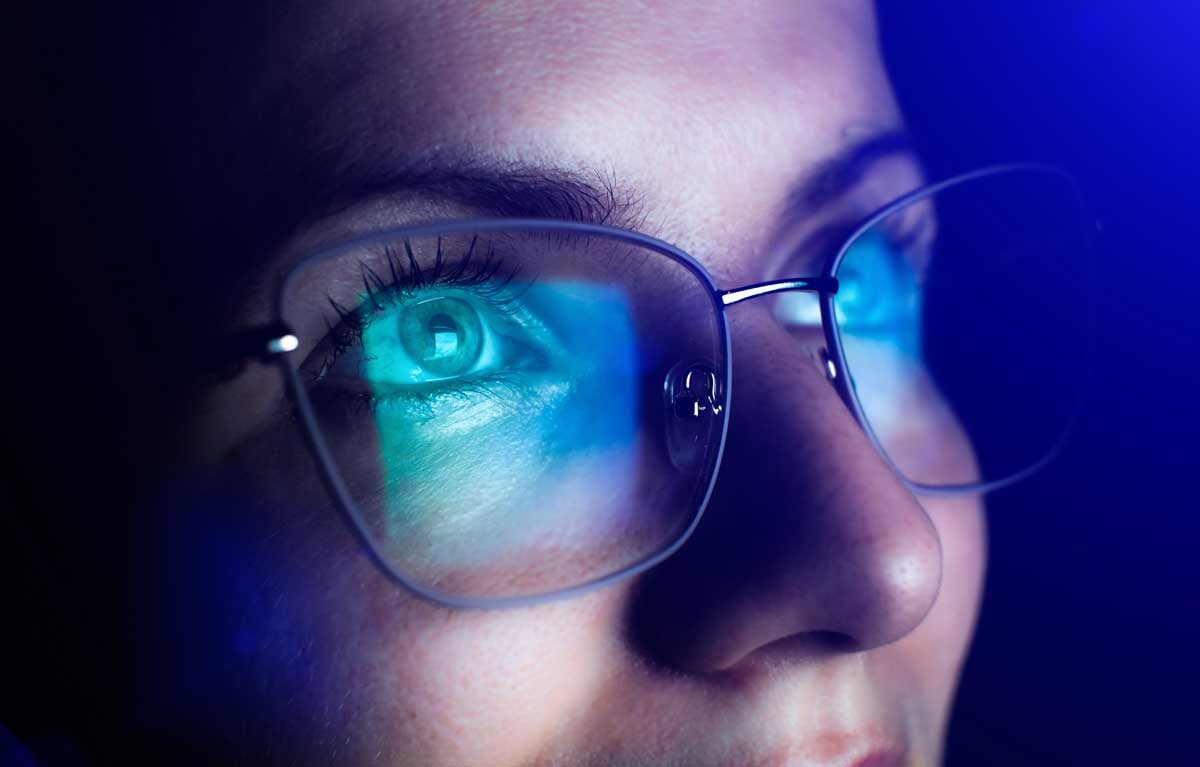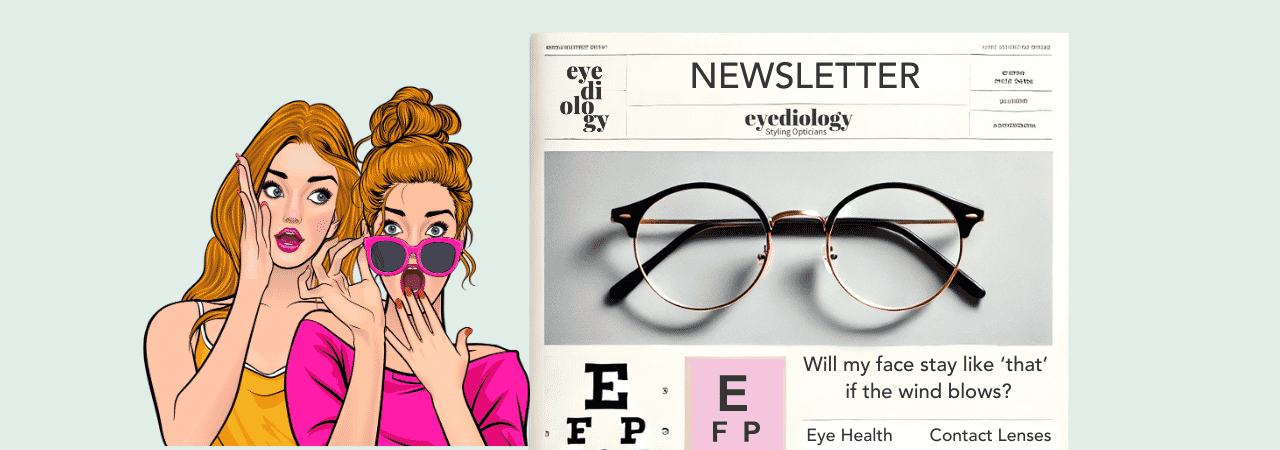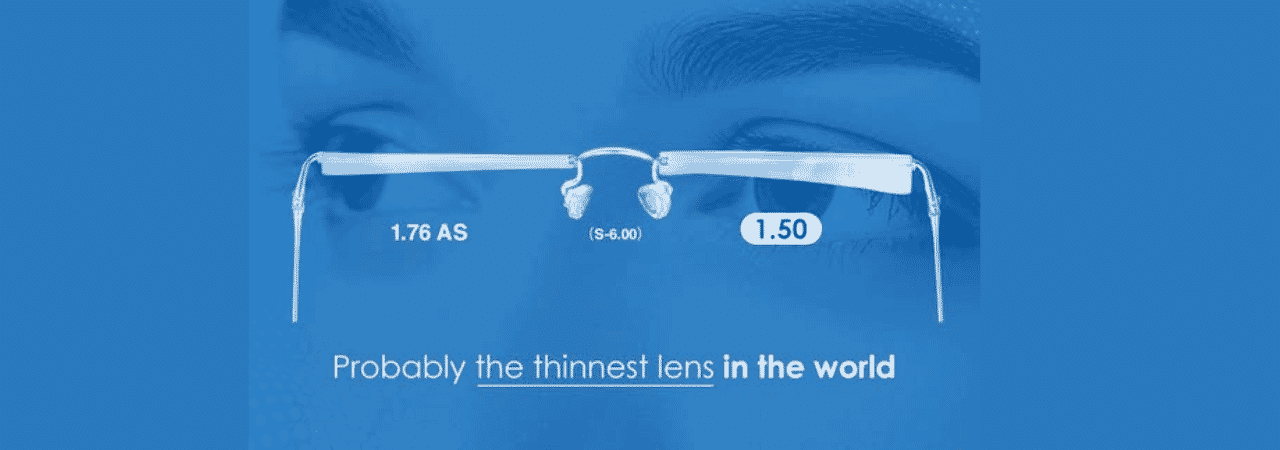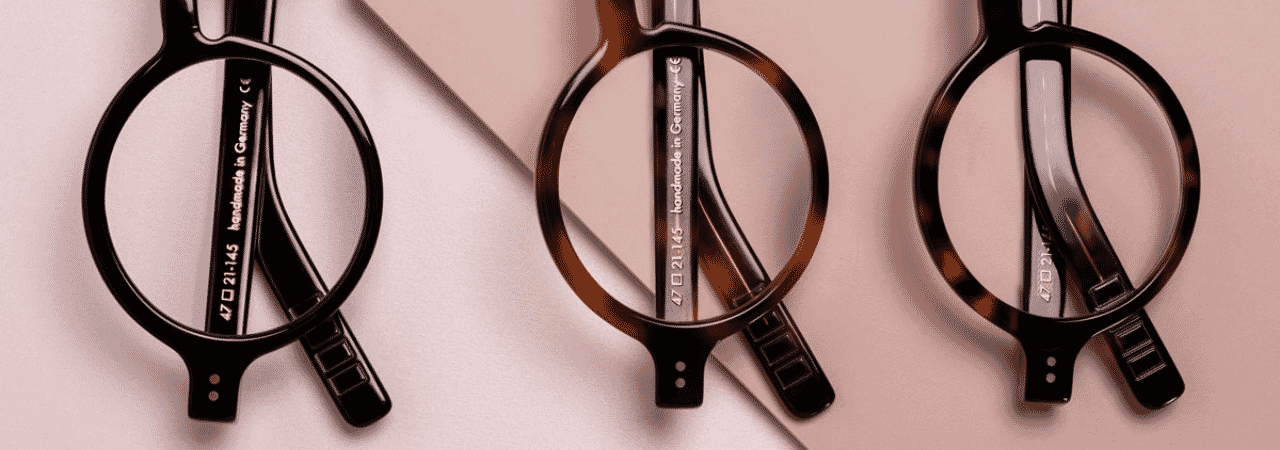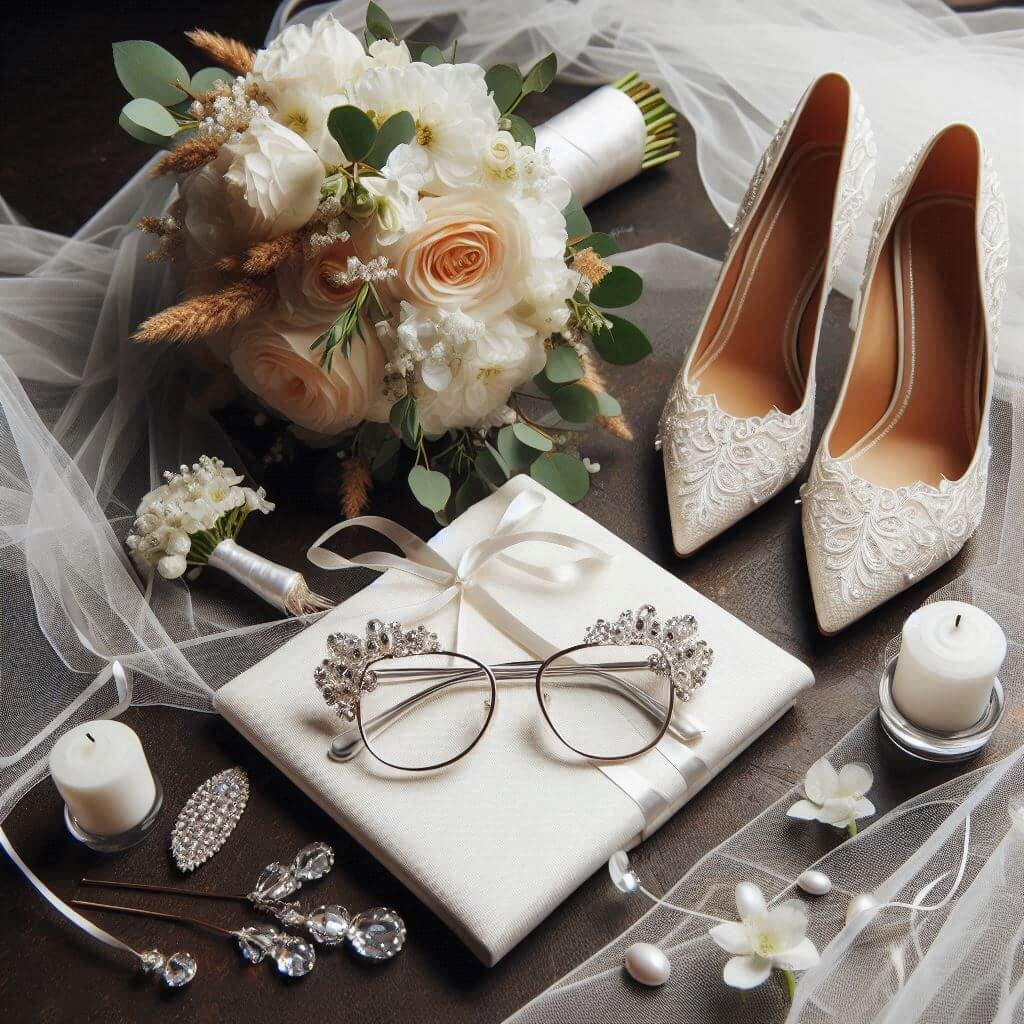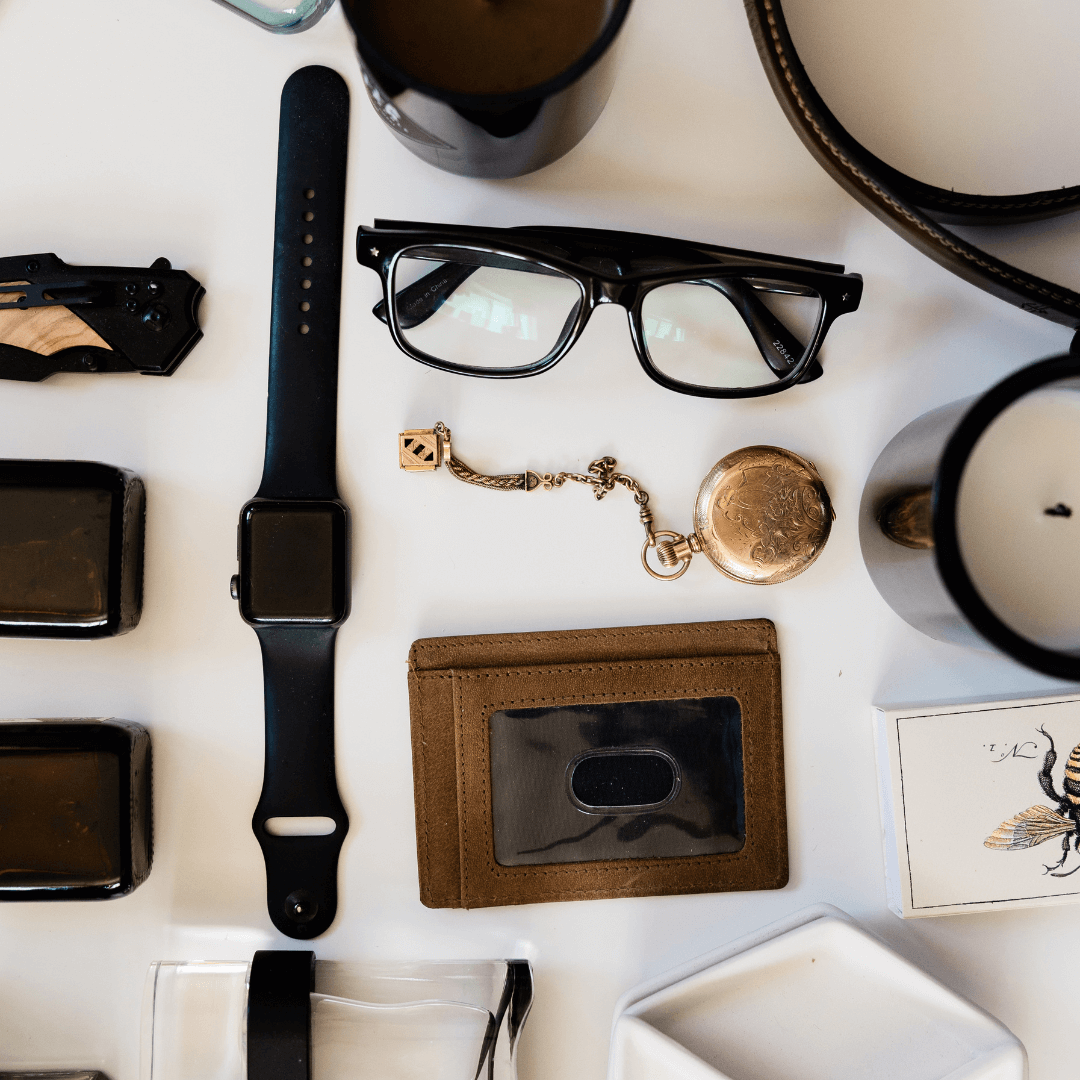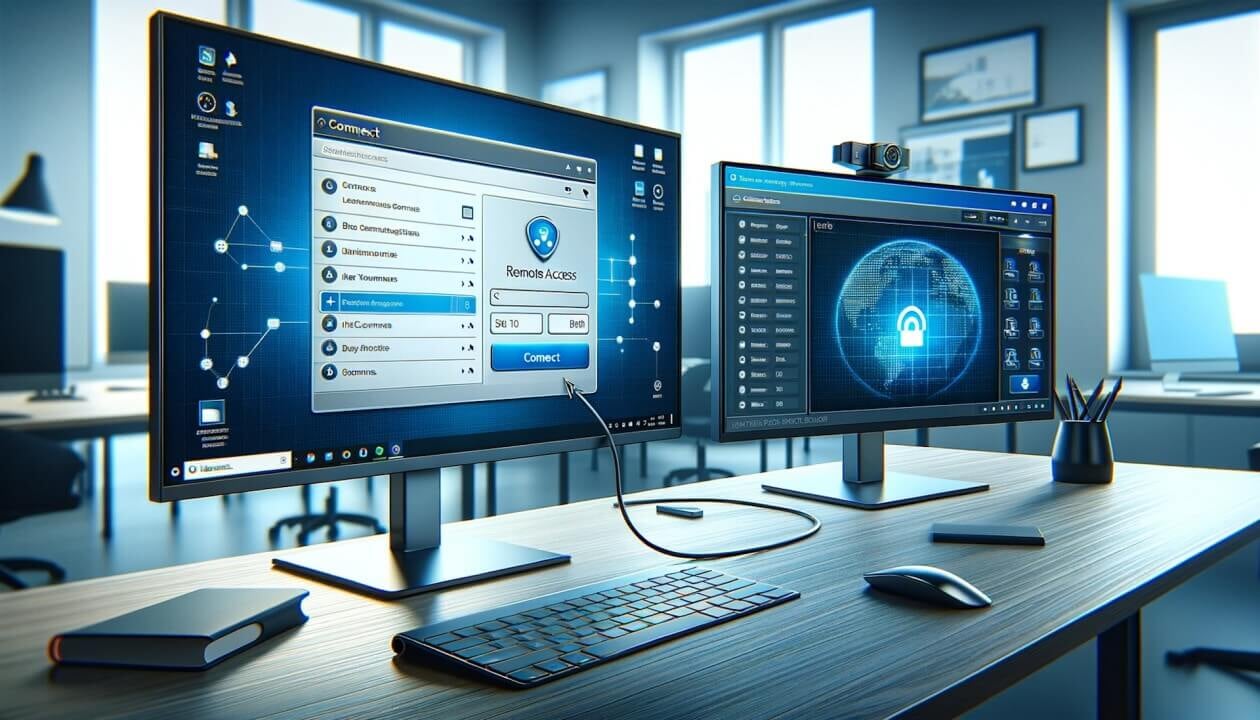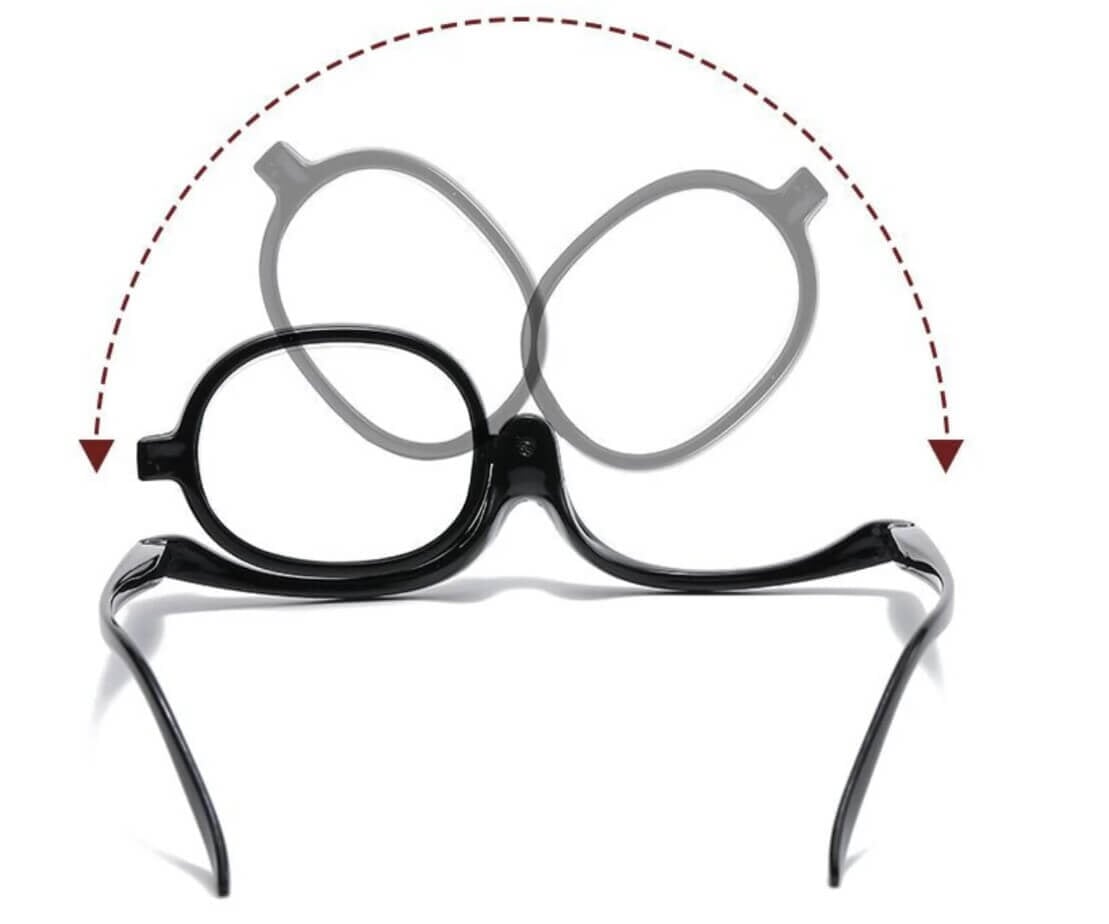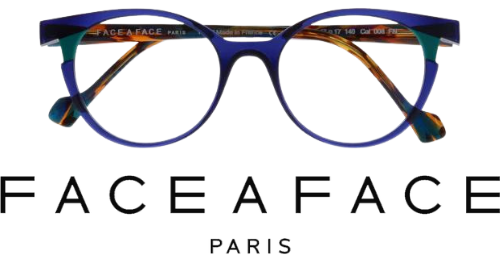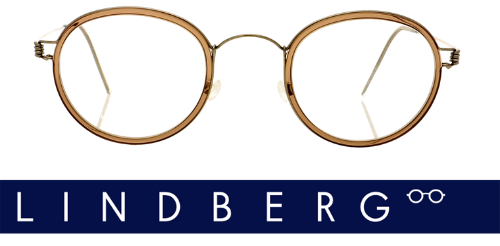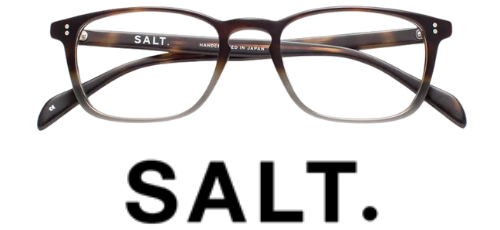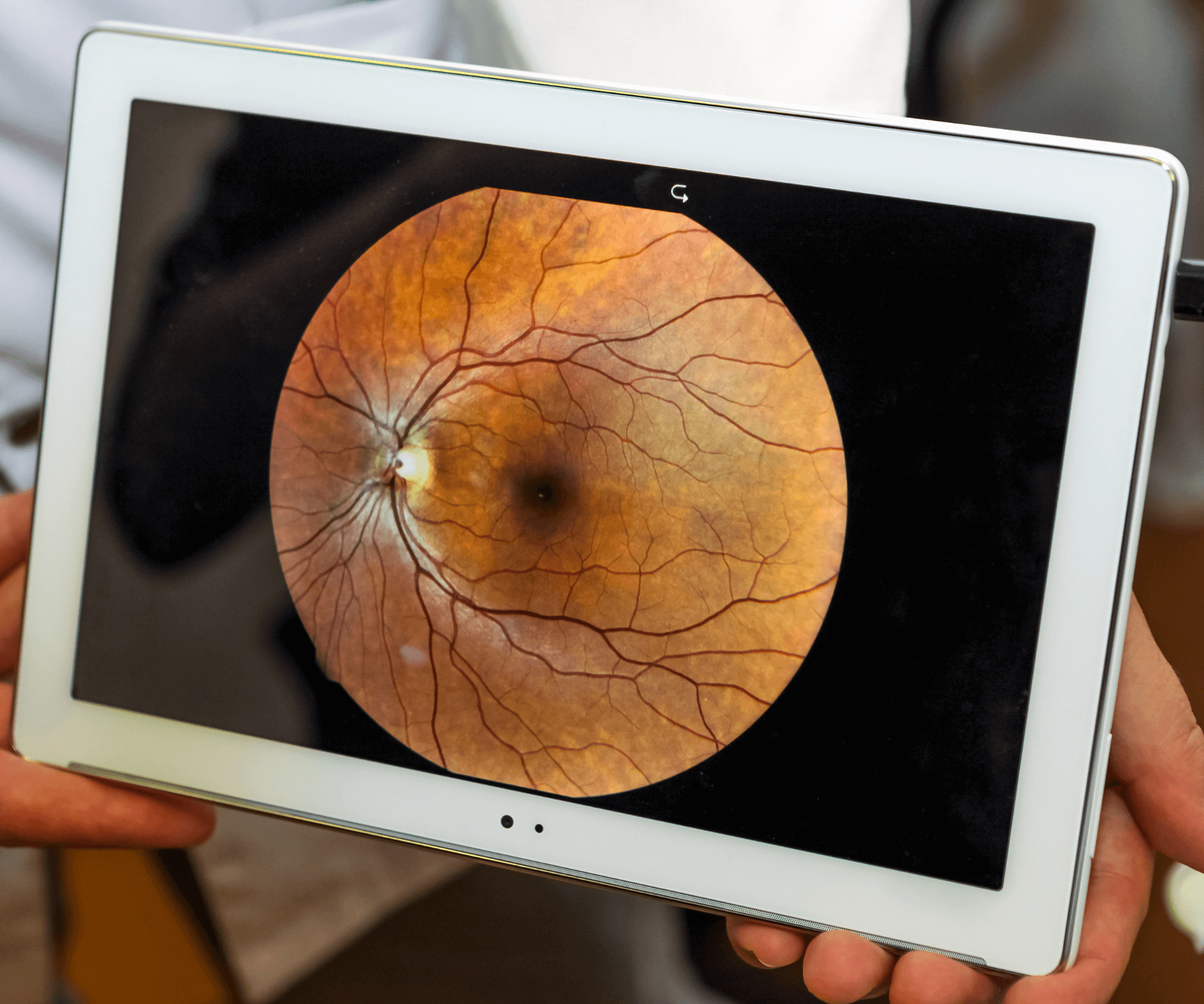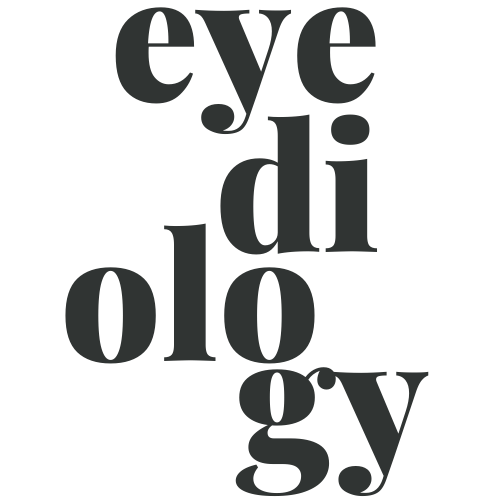In today’s digital age, we are spending more time than ever in front of screens—computers, smartphones, tablets, and televisions. This prolonged exposure to screens has sparked a conversation about the effects of blue light on our health and well-being, particularly concerning our eyes. One of the proposed solutions to mitigate these effects is blue light lenses. But do they work?
Understanding Blue Light
Blue light is a part of the visible light spectrum with a wavelength between 400-495 nanometers. It is the short-wavelength, high-energy light that we are exposed to both from natural and artificial sources. The sun is the largest source of blue light, and it plays a significant role in regulating our circadian rhythms, which is essential for maintaining a healthy sleep-wake cycle.
However, blue light is also emitted from digital screens, LED lighting, and fluorescent lights, though in much smaller amounts compared to the sun. This artificial blue light exposure is often linked to eye strain and discomfort, especially with prolonged screen use.
The Benefits and Disadvantages of Blue Light Exposure
Benefits
– Regulation of Sleep-Wake Cycles: Blue light during the day helps maintain a healthy circadian rhythm, making us feel alert and awake.
– Boosting Mood and Cognitive Function: Exposure to blue light can improve mood and cognitive performance.
Disadvantages
– Eye Strain and Fatigue: Prolonged exposure to blue light from screens may cause digital eye strain, leading to discomfort, headaches, and fatigue. (but this could also be caused simply by prolonged use rather than the light!)
– Potential Impact on Sleep: Excessive exposure to blue light, especially in the evening, can disrupt sleep patterns by interfering with the production of melatonin, the sleep hormone.
– Skin Ageing: Recent studies suggest that blue light exposure might contribute to skin ageing, causing wrinkles and loss of skin elasticity.
The Placebo Therapeutic Effect
Interestingly, some perceived benefits of blue light lenses might sometimes be attributed to the placebo effect. The placebo effect occurs when individuals experience a real improvement in their condition simply because they believe they are receiving treatment, even if the treatment is inactive. Believing that blue light lenses can reduce fatigue or improve sleep might lead to individuals feeling better, irrespective of the lenses’ actual efficacy. We see a lot of these claims on social media by sellers or promoters of ready-made non-prescription blue light glasses.
Blue Light Lenses: Do They Work?
Blue light lenses have a slight tint that some people find comforting when looking at a computer screen. This tint is designed to filter out a portion of blue light, thereby reducing glare and eye strain. While the amount of blue light emitted from screens is generally not enough to cause significant damage, some users report reduced fatigue and discomfort when using these lenses.
Viral Adverts for Cheap Non-Prescription Blue Light Glasses
We’ve all seen the viral adverts on social media promoting cheap, non-prescription blue light glasses. These adverts claim that their products can protect your eyes from the harmful effects of blue light and reduce eye strain, improve your sleep and overall wellbeing. But do these glasses really work, or are they just a waste of money?
Differences
– Quality of Lenses: High-quality blue light lenses from reputable brands often undergo rigorous testing to ensure they effectively filter blue light for certain wavelengths. Not all wavelengths of blue light are bad. In contrast, cheaper non-prescription glasses may not provide the same level of protection or quality control.
– Durability and Comfort: Blue light lenses from a reputable lens company and Opticians are usually made from durable materials and are available in most prescriptions, whereas cheaper options may not last as long or be as comfortable to wear especially if you already need prescription glasses.
The 20/20/20 Rule
If digital eyestrain is a concern, one widely recommended method to alleviate this is the 20/20/20 rule. Every 20 minutes, take a 20-second break to look at something 20 feet away. This simple practice helps reduce eye strain by giving your eyes a regular break from focusing on the screen. Of course, you can still opt for a blue light filter as well.

Blue Light Filter Coatings: Benefits and Disadvantages
Benefits
– Reduced Eye Strain: Blue light filter coatings can help reduce the glare and discomfort associated with prolonged screen use.
– Improved Comfort: Some users find the slight tint of blue light lenses to be more comfortable for their eyes.
Disadvantages
– Cost: Blue light filter coatings can add to the cost of prescription lenses depending on where you buy your glasses. However, at Eyediology our blue light, drive and seecoat coating are all options we include as standard at no extra charge.
– Effectiveness: The scientific community is still debating the overall effectiveness of blue light lenses. While some users report significant benefits, others notice little to no difference.

Conclusion
Whether blue light lenses work may vary from person to person.. For some, they may provide relief from digital eye strain and improve overall comfort during screen time. For others, the benefits might be more psychological than physical. The best way to determine if blue light lenses are right for you is to try them and see how your eyes feel.
If you’re experiencing digital eye strain or have concerns about blue light exposure, arrange an eye examination or eyewear consultation with one of Eyediology’s specialists. We can provide personalised advice and solutions tailored to your needs.


